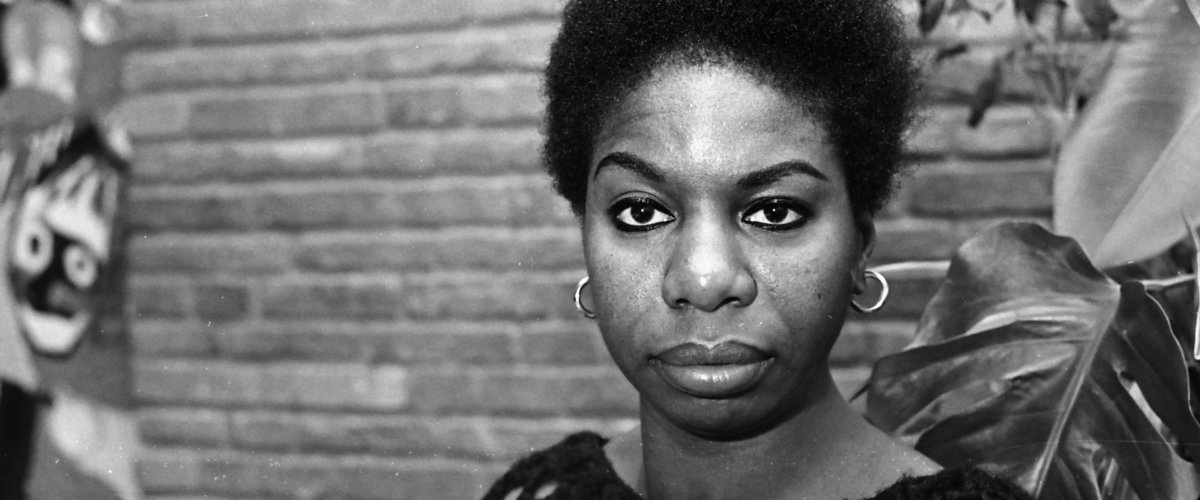

Black History Month: Young, Gifted and Black – the hidden voice of Nina Simone
I first heard Nina Simone whilst watching the 1999 remake of The Thomas Crown Affair. Her 10-minute mesmeric clapping and drumbeats describing the futility of trying to escape judgement: "Oh Sinnerman, where you gonna run to". Sinnerman was a perfect soundtrack to Pierce Brosnan stealing a painting from the New York Public Library and The Met film-sets.
Simone's roots were as a classical pianist with dreams to play Carnegie Hall after enrolling at the New York Juilliard School of Music - her ambitions thwarted by 1950s prejudice as she was declined a music scholarship. Those classical influences remained and later formed the centrepiece of her 1958 recording of Love Me or Leave Me; an intricate Bach fugue juxtaposed in a 1920s jazz classic. Nina Simone, of course, was to famously make Carnegie Hall her own.
Simone remains utterly relevant today. Her signature songs instantly recognisable and infused with meaning. Don't Let Me Be Misunderstood - written for Nina Simone, might as well be autobiographical and resonates with anyone in their teens and - probably others well past. Ridley Scott and Chanel featured her iconic love song, My Baby Just Cares For Me in a television advert for their equally iconic No.5 perfume. Boys are advised to take note for future reference.
Nina Simone's best-known songs were framed within her civil rights activism. The Backlash Blues, To Be Young Gifted and Black, Why? (The King of love is dead) became staples of the era. For this she was also criticised and ostracised by the music industry. She wrote and performed Mississippi Goddam in 1964 soon after the Ku Klux Klan bombed a Church in Birmingham, Alabama killing 4 African-America schoolgirls. The thumping piano chords and Simone's vocals filled with frustration and evoking the pressure cooker that was 1960s America, torn by division and inequality a century after the Civil War. This was followed by the haunting Strange Fruit - originally sung by Billy Holliday in 1939 and then covered by Nina Simone in 1965. One of the original protest songs, it begins with a violent and explicit depiction of "Southern trees bear a strange fruit. Blood on the leaves and blood at the root"
Her activism put her alongside Dr Martin Luther King, Malcolm X, James Baldwin and others. But her politics were bad for the business of music. Musicians were meant to make people feel good - not make a stand on equality - and the record labels snubbed her. Illness, personal turmoil, the death of Dr King and economics tempered her activism as she spent less time in the US from the 1970s onwards.
Perhaps the hallmark of enduring musical relevance is whether subsequent generations spontaneously reinvent and reinterpret past musicians. Nina Simone's music saw a resurgence in interest following the Netflix documentary in 2015 and the more controversial Zoe Saldana biopic in 2016. Further interest followed the Black Lives Matter protests earlier this year.
Artist, determined activist, restless, brooding and explosive at times and yet supremely gifted - a trailblazer for socially-minded musicians today. A rare talent able to transcend classical, jazz and popular genres, she battled her demons often very publically. Her music will live on well beyond the campaign for equality.
The Netflix documentary, "What Happened, Miss Simone?" forms part of their Black Lives Matter anthology.

 Head back to stories
Head back to stories